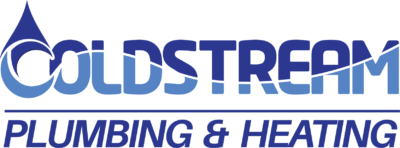What is a backflow prevention device?
A backflow prevention device is a mechanical component that is specifically designed to allow water to flow in one direction, but never in the opposite direction. It’s core purpose is to prevent potable water, also known as drinking water, from being contaminated due to backflow. A backflow preventer installation prevents the following contaminants from entering your water supply:
- Fertilizers & Pesticides
- Chlorination from outside units (pools, hot tubs, etc.)
- Cleaning chemicals from plumbing fixtures (sinks, dishwashers, showers, etc.)
- Human waste
There are sometimes pressure changes in the pipes, this results in water flowing backwards and seeping back into the main water supply line. This is where a backflow prevention device comes in handy.
Have specific questions for your current backflow prevention device? Contact us.
Backflow Prevention Systems for residential units.
The Ontario Building Code mandates that potable water supply be always protected from cross-connections. The key to preventing backflow is ensuring you have a properly installed, maintained, and inspected backflow prevention device as part of your water distribution system. Typically, backwater valves are in the basement of your home or building. If you have a sump pump, the backflow preventer installation is most likely within close range.
Types of backflow prevention devices
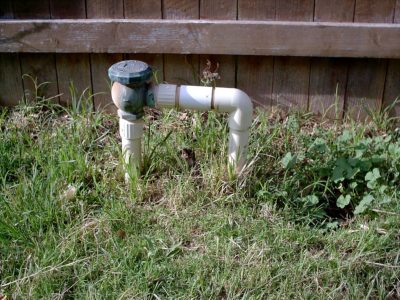
Atmospheric vacuum breaker — These are commonly in the shape of plastic disks, and have a brass valve. These are intended for use where the water distribution is under pressure, or valves are downstream of the breaker. This mechanical device comes equipped with a spring-loaded poppet and two test cocks.
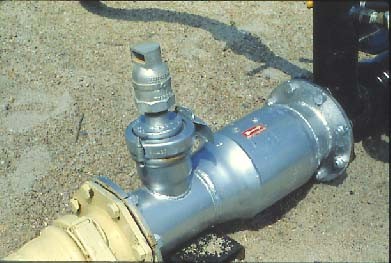
Chemigation Valve — This is designed to protect water distribution from hazardous agricultural chemicals during the use of fertilizers or pesticides through irrigated water. Majority of these valves have wide inspection port so a licensed plumber can reach in to inspect the functionality of the device. These come with a spring-loaded check valve, a low pressure drain, and air vacuum relief valve, and an injection port.

Hydrostatic Loop —This type of backflow prevention system isn’t common in most plumbing applications. This is a vertical alignment of pipes to prevent backflow in drinking water supplies. A hydrostatic loop must be build higher than 33 feet, since siphons have maximum height requirements in order to function correctly.
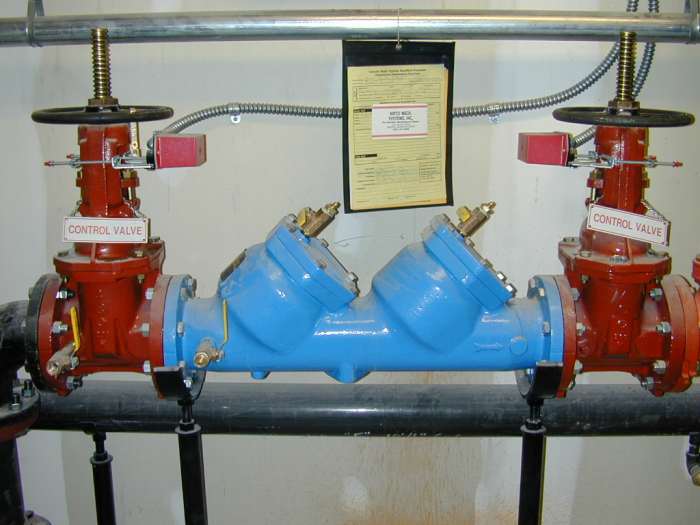
Double Check Valve —Two test cocks are placed at strategic points of entry so that the check valves can be easily tested with a backflow preventer test kit. This backflow prevention device is used for cross-connections that are non-health hazardous, and in continuous pressure applications. These are most used for lawn irrigation, fire sprinkler systems, and specific boiler systems.
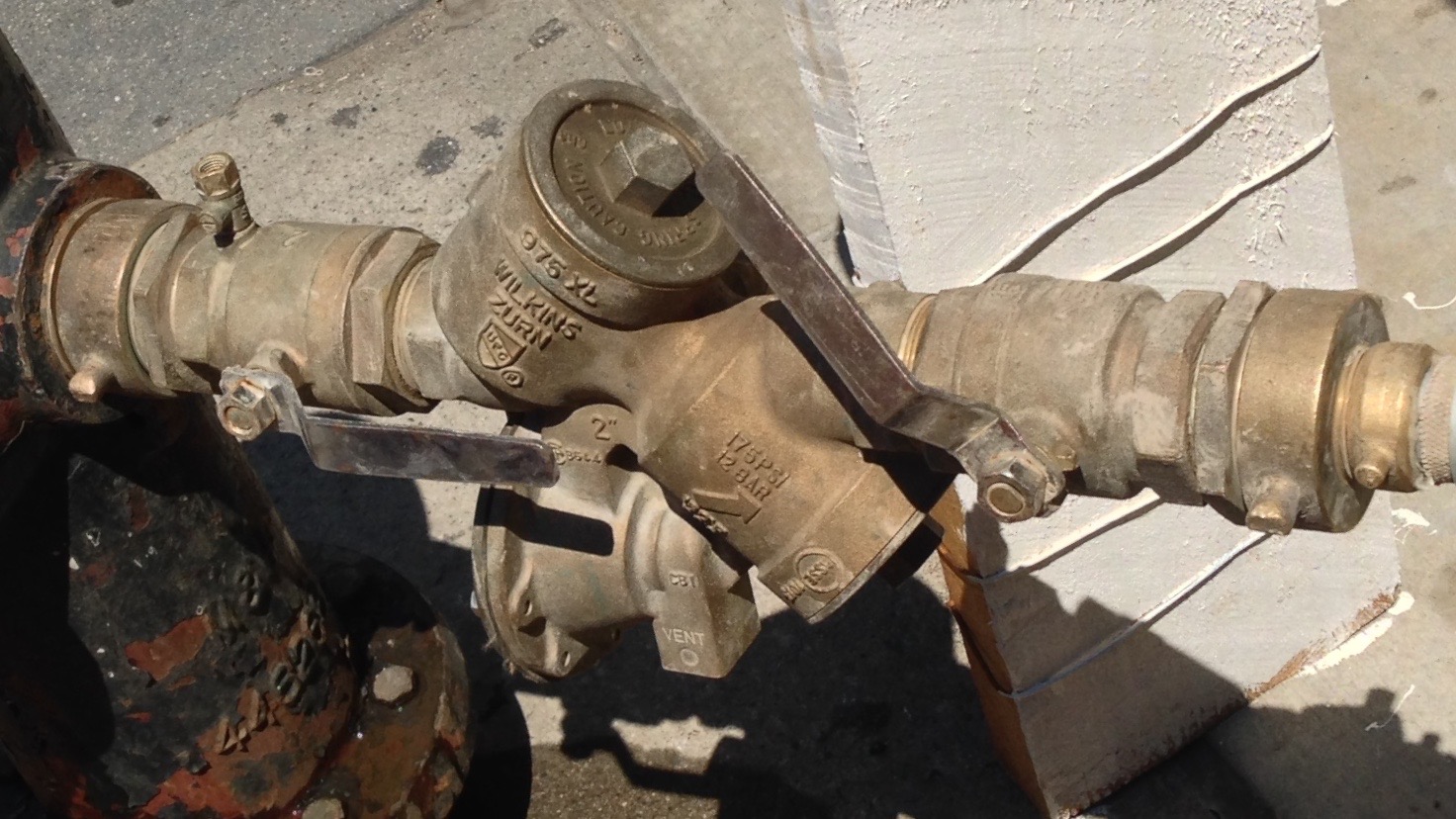
Reduced Pressure Zone Valve —The pressure between both check valves, aka the reduced pressure zone, is monitored at a lowered pressure than the incoming water supply. The relief valve is mechanically designed to open to discharge water outside in the event either check valves leak.
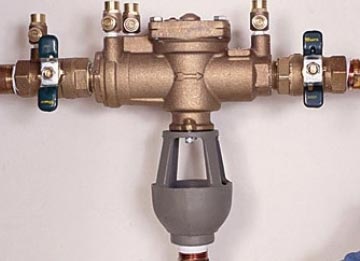
Air Gap —This consists of a physical separation of the free-flowing discharge at the end of potable water supply, and a non-pressure receiving device. This is a non-mechanical backflow prevention device typically used for home plumbing devices such as dishwashers, which is designed to prevent the contamination of dishes from sinks.
Coldstream Plumbing services backflow prevention devices of all makes and models for residential, commercial, and industrial applications. Contact Coldstream Plumbing to get started on your next project.
